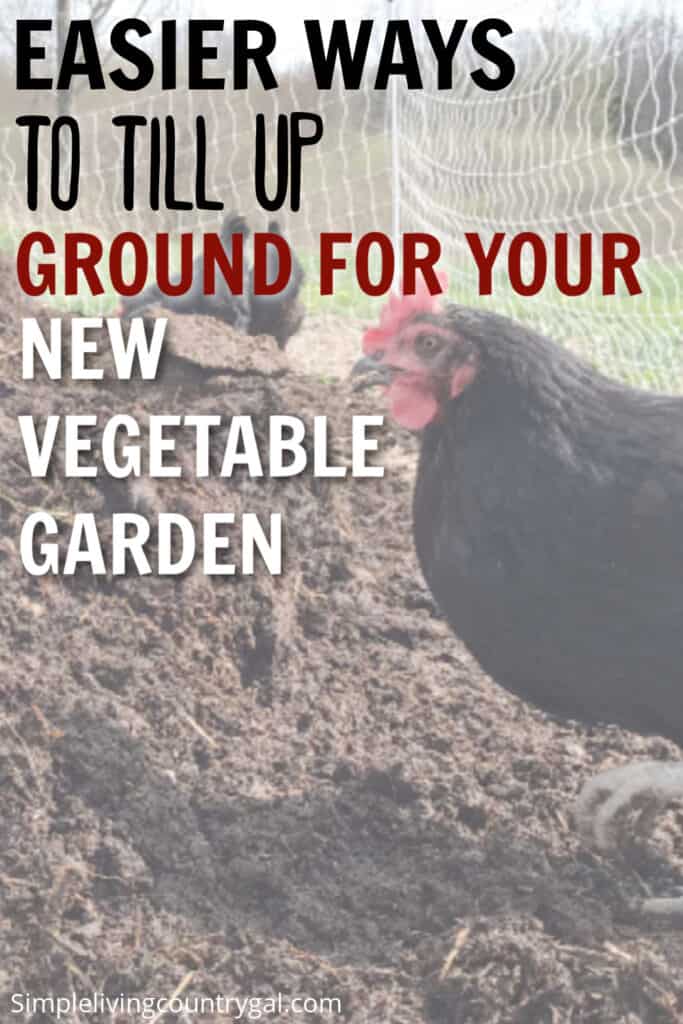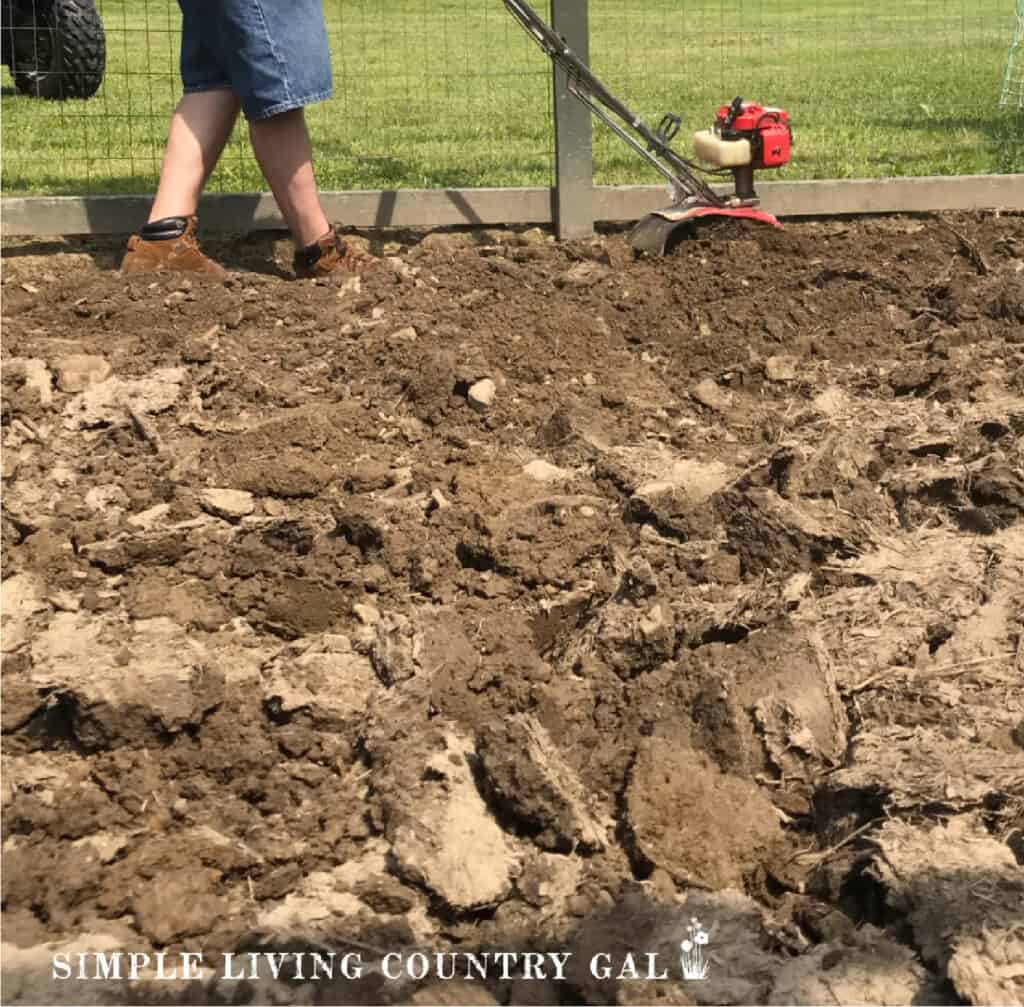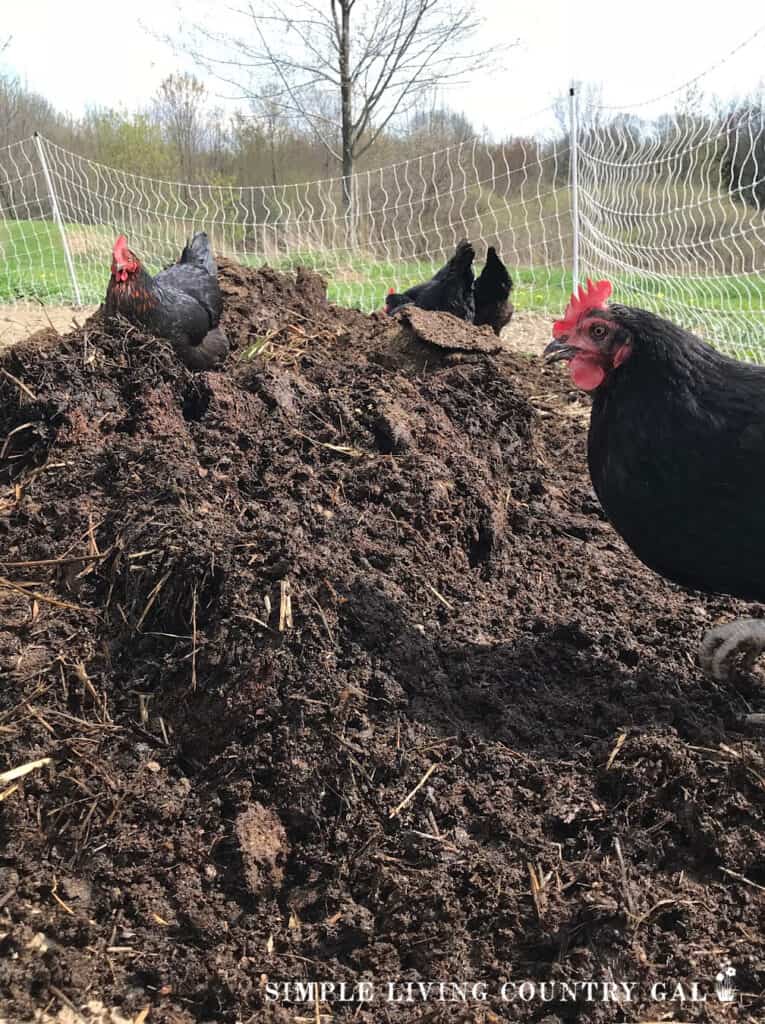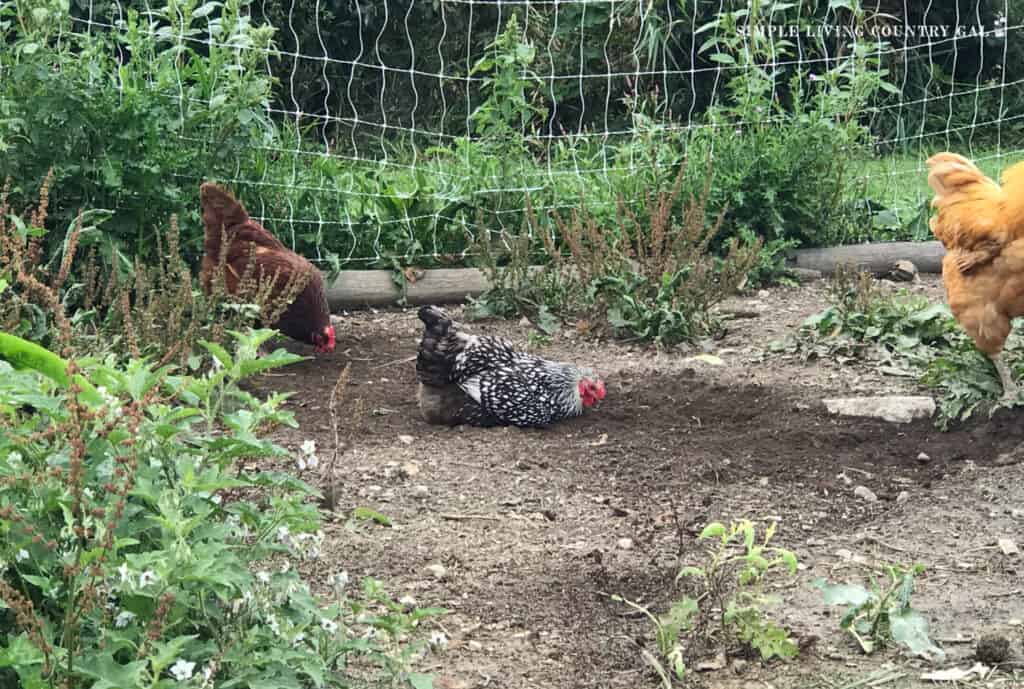how to rototill your garden
Setting up a new garden can be hard work, so finding a way to do things more efficiently can be helpful. This article will walk you through ways on how to rototill your garden. We’ll take a look at traditional tools as well as a few unique ways you can try that are easier and less rough on your back and arms.
How to start a backyard garden in a new area working on the ground first and giving it the best foundation to thrive.

If you are looking to get your garden prepped for planting, then rototilling is a great traditional option. This method of working the soil can seem intimidating at first, but when you understand how the machinery works you will feel more confident to give it a try.
We will cover all the basics when it comes to tilling the soil, from understanding why you need to till as well as the different types of tiller options that will make this job easier on yourself (and your back!). We will also explore a few unique ways to prep the soil that require no tools at all!
Why do you need to till the soil for a vegetable garden?
First, tilling the soil helps to break up a solid area of soil and any existing clumps of dirt giving the area a uniform texture. This allows for better root growth and nutrient absorption, as well as easier planting. Rototilling can also help to mix in organic matter, such as compost or fertilizer, which will nourish your plants and promote healthy growth.
How to Rototill Your Garden
Tilling the soil involves using a garden tiller, which is a type of machine that loosens and mixes up the top layer of soil. You can rent or purchase a tiller from most home improvement stores, at an online store, or at your local garden center.

Prepping the Area
Before beginning, it is important to remove any large rocks or debris from the area you will be tilling. This will prevent damage to your tiller and ensure a smooth tilling process.
You can also mark off the area you plan to till up so you can keep the garden plot the size you planned without it growing in size. Something that can easily happen if you try to “eyeball” it.
Types of Garden Tillers
There are several types of garden tillers that you can choose from, depending on your specific needs and preferences. These include:
- Front-Tine Tiller: This type of tiller has tines, or blades, located at the front of the machine. It is best suited for smaller gardens and light-duty tilling tasks.
- Rear-Tine Tiller: The blades on this tiller are located behind the wheels, making it easier to control and more powerful than a front-tine tiller. This type of tiller is ideal for larger gardens or tougher soil conditions.
- Mini-Tiller: As the name suggests, this is a smaller and more lightweight version of a garden tiller. It is perfect for small spaces and can be easily maneuvered between plants in an established garden.
YIYIBYUS Garden Tiller/Cultivator 52CC 2-Stroke Gas Powered Hand Rotary Cultivator Rototiller Garden Tool Cordless with Long Handle


Tilling Tips
When using a garden rototiller, it is important to follow these tips for both safety and to get the best results:
- Start in the center of your garden and work outwards, tilling the soil to a depth of 8-12 inches. This will ensure that all areas of your garden are evenly tilled.
- Avoid tilling when the soil is too wet or too dry. Wet soil can clog the tiller and make it difficult to work, while dry soil may not break up easily. Aim for moist but not saturated soil for best results.
- If you are tilling a new garden bed, add compost or other organic matter to the soil before tilling. This will help improve the overall health and fertility of your garden.
- To prevent damage to your tiller, remove any large rocks or debris from the soil before tilling. These can not only cause damage to the machine but also interfere with the tilling process.
- After tilling, rake the soil smooth to create a level surface for planting. This will also help break up any remaining clumps of soil and create a finer texture.
Tilling Tools for the Garden:
Lightweight Mini Tiller Cultivator Gas Powered 2-Stroke Air-Cooled 52cc Engine,Hand-Push



Maintaining Your Garden Tiller
Proper maintenance of your garden tiller is an important part of having machinery that lasts for many years. Our tiller was purchased for $40 at a yard sale over 15 years ago, and because of the care and upkeep, it is still working great every year!
- Before each use, check the oil level and add more if needed. Refer to your owner’s manual for the recommended type of oil and how often it should be changed. If you purchased your tiller used and do not have a manual, you can now look them up online.
- Inspect the blades and tines for any signs of wear or damage. Replace them if necessary to ensure efficient tilling.
- After use, clean the tiller with a hose or pressure washer to remove any dirt or debris that may have accumulated during tilling. Make sure to also dry it off before storing it away.
- Store your tiller in a cool, dry place to prevent rust or corrosion. If storing it for an extended period of time, consider draining the fuel tank and adding a stabilizer to the remaining fuel.
- Regularly sharpen the blades and tines to ensure they are cutting through the soil effectively.
- If you notice any unusual noises or vibrations while using your tiller, stop and inspect it for any issues. Continuing to use a faulty machine can cause further damage and potentially lead to injury.
By following these maintenance tips, you can extend the life of your garden tiller and keep it running smoothly for many years. Refer to the owner’s manual for specific instructions and recommendations for your model.
Manual Garden Tillers
Manual tools work surprisingly well for breaking up soil in smaller areas. Even though they work, if you have a large area to prepare, you will want to be ready for the physical effort that will be required.
Even though manual tools may not be the best option for you, if you have physical limitations, it is worth considering, especially if your finances are limited.
- Shovel – a garden shovel is often used for digging, but can also be used to manually prep an area for planting. You can turn the soil over and spear the soil from underneath to break it all up. Shovels can also be used to mix in fertilizer or compost while tilling.
- Hand Tiller—A hand tiller, also known as a cultivator, is a small handheld tool with three to five curved prongs. It can be used to break up soil in smaller areas or to till more precisely around plants.
- Rotary Tiller—A rotary tiller is a type of manual tiller with rotating blades that easily break up and mix soil. It is used for larger garden spaces.
Garden Shovels for Digging, 41 Inch Small Metal Shovel with D-Shape Handle for Shoveling,Digging, Perfect Size Effort-Saving Lightweight Shovel


Livestock Tilling options
In addition to traditional manual garden tillers, there are also various options for using livestock to assist with tilling tasks. This section will explore some of the different methods and animals that can be used for tilling in a more sustainable and eco-friendly way.

- Chickens – chickens can be used to till smaller areas by allowing them to scratch and peck at the ground. This helps break up compacted soil and adds nutrients through their droppings.
- Pigs – pigs are known for their ability to root in the ground, making them great for tilling larger areas. However, they may also cause damage to plants if not properly managed.
- Goats – goats are efficient grazers and can also be used for tilling by grazing on cover crops or unwanted vegetation.
- Horses – horses can be used for tilling by attaching a plow or harrow to them, which they can pull through the soil to break it up.
Using livestock for tilling is a unique and efficient way to utilize what you have and be kinder to your body.

Should I rototill my garden in the fall?
Rototilling in the fall is a common practice for many gardeners, as it can help prepare the soil for planting in the spring. However, there are some things to consider before deciding whether or not to rototill your garden in the fall.
Benefits of Fall Tilling
- Tilling in the fall can help to break up compacted soil, incorporate organic matter into the soil, and reduce weed growth.
- Rototilling in the fall also allows for ample time for the soil to settle and stabilize before planting in the spring.
Drawbacks of Fall Tilling
- Tilling too late can disrupt beneficial insects and microorganisms that help maintain a healthy soil ecosystem.
- It can also expose dormant weed seeds to sunlight, leading to increased weed growth in the spring.
- Tilling in wet or frozen soil can cause damage and create compacted layers.
Ultimately, the decision to rototill your garden in the fall should be based on the specific needs of your garden and your own gardening methods. If you choose to rototill in the fall, be sure to do so at the right time and with proper techniques to avoid any negative impacts on your soil health.
There are various garden tilling options, ranging from manual tools to utilizing livestock. Each method has its own benefits and can be tailored to fit the specific needs of your garden. Whether you choose to use a hand tiller, rotary tiller, or animals such as chickens, pigs, goats, or horses, incorporating these methods into your gardening routine can greatly improve soil health and reduce the strain on your body.
Utilizing these methods and techniques is an important aspect of sustainable gardening practices and showcases how to rototill a garden in a more environmentally friendly and efficient way.












